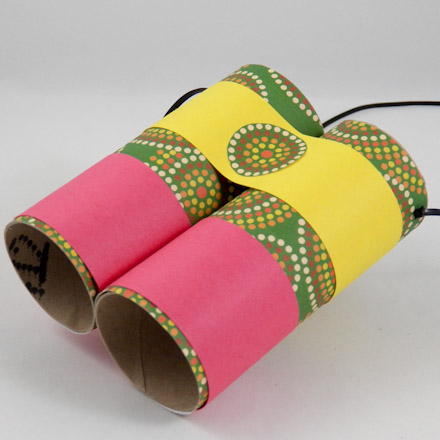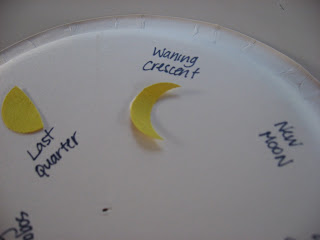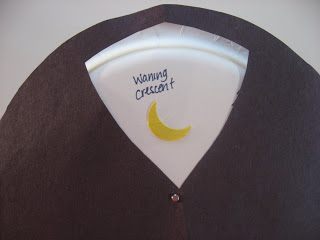It Is Not Always About Food: Ramadan
Share




Ramadan is the Islamic holy month of fasting for able-bodied adults and older children. It is the ninth month of the Islamic calendar, which is based on a lunar cycle, and commemorates the first revelation of Quran to Prophet Muhammad. Ramadan lasts 29–30 days, starting and ending based on the birth of the new moon. During this month, Muslims are obliged to refrain from dawn to dusk from food and drink. For its proven medical and mental benefits, fasting is a time to train your body on making healthier food choices, as well as quitting bad deeds and immoral behaviors.
As all major holidays and festivities in Egypt, Ramadan is associated with food. Each evening, Muslims break their fast with prayer and nighttime meals (Iftar) often shared with family and friends. The month is also marked with performing voluntary work and feeding the poor.
This Ramadan, why not make the month-long fast more fun and carry out one or more science activities with your children? Enjoy the holy month with wonderful, yet simple and easy, science activities for both playing and learning.
Moon-sighting Binoculars
Involve your toddler in Moon-sighting tradition, marking the start and end of the holy month, with beautifully made binoculars. Bring two toilet paper tubes, two square pieces of blue cellophane wrap, two elastic bands, two rectangular colored cardboards, star stickers, scissors, and glue.
Cover one hole of the tube using a cellophane piece and stick it using the elastic band. Decorate the sides of the tube by the colored cardboard and stick the star stickers at its top. Repeat the previous steps on the other tube. You are almost done; glue the two tubes together and fix a small ribbon to the binoculars to be worn around the neck. Now, let your child put on his binoculars and spot the crescent moon for Ramadan at the beginning of the month, then again at its end to spot the crescent moon of Eid al-Fitr, as well as its different phases throughout the month.

Moon Phases Wheel
If you have a school-aged child, this activity helps in learning about Earth’s Moon and its phases. For this activity, you will need a paper plate, yellow and black/white cardboards, scissors, glue, pen, and a pin.
Trace a circle on the black/white cardboard using the paper plate then cut it out. Fold the circle you drew in half; leave 2.5 cm from the folded side, and cut a section out, which will be your Moon-viewing window. Now, use the yellow paper and cut out the different phases of the Moon as in the following image:

Before gluing the shapes, make sure that you have enough space on the plate and that your viewing widow fits the shape. Now, glue each shape, write its name below it as above, and let dry. Attach the circle to the plate from the center only to allow its rotation.
Through that fun way, ask your child every day to observe the Moon and how its shape changes throughout Ramadan. Ask your child to spin the wheel and search for the current phase and learn its name.



Now, you have played with your kids, and you both enjoyed unforgettable science experiments. Always remember that holidays and festivities are not always about food!
References
britannica.com/topic/Ramadan
kids.britannica.com
helloholydays.com
notimeforflashcards.com